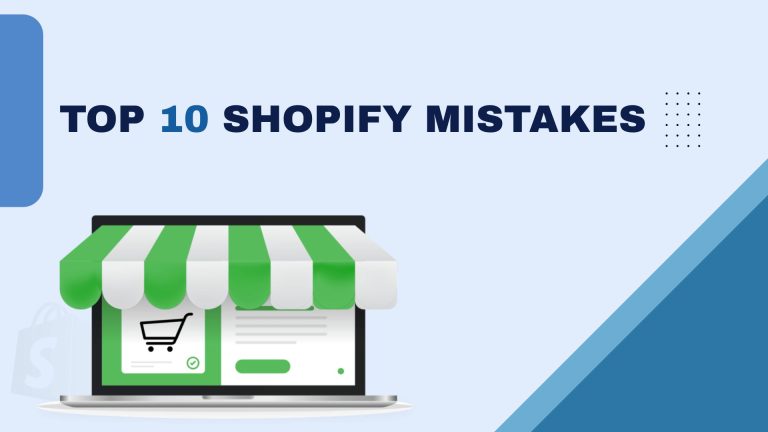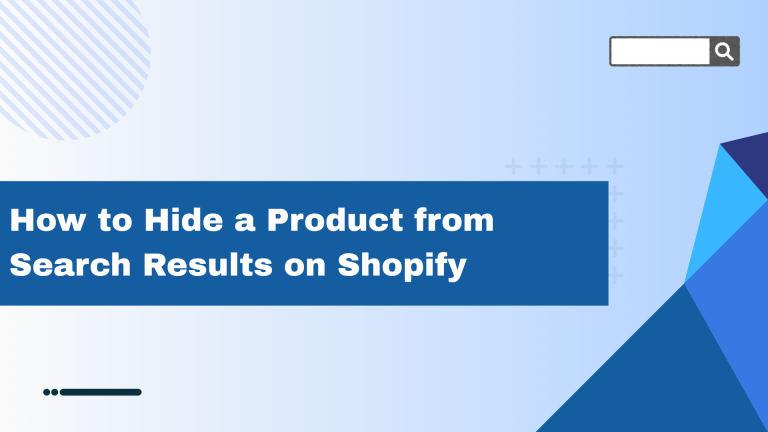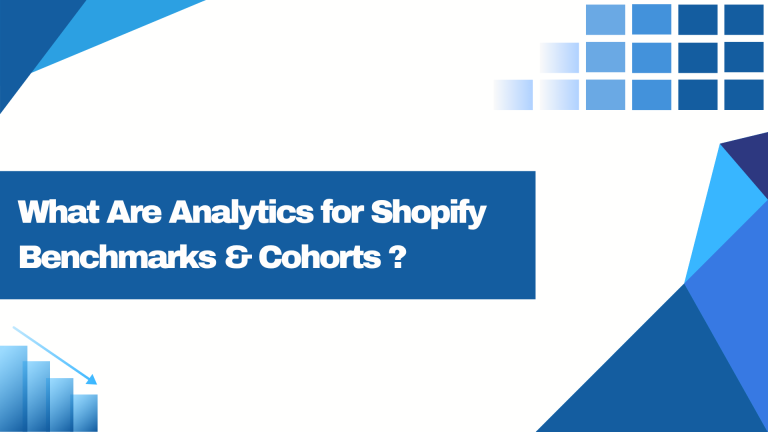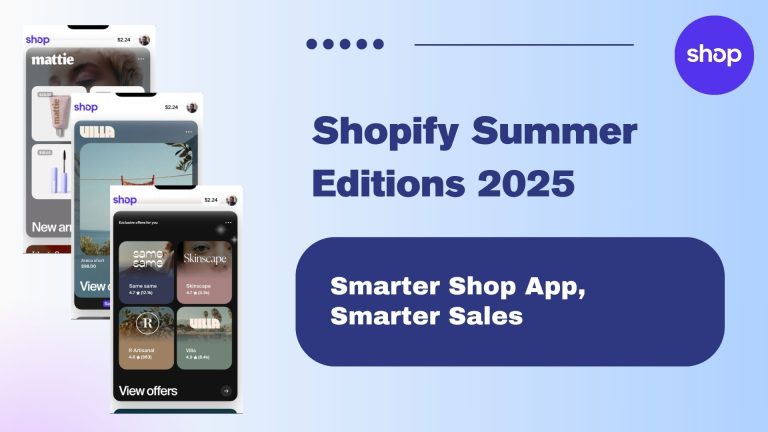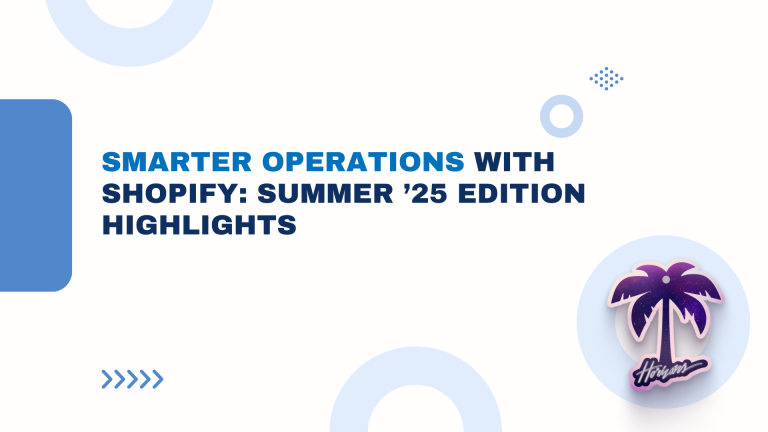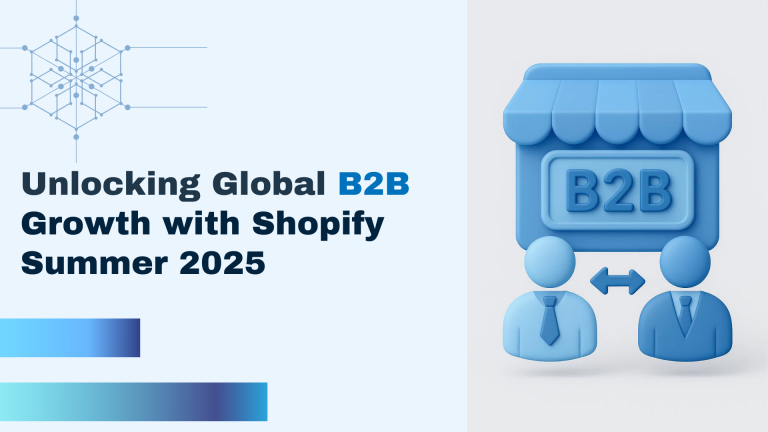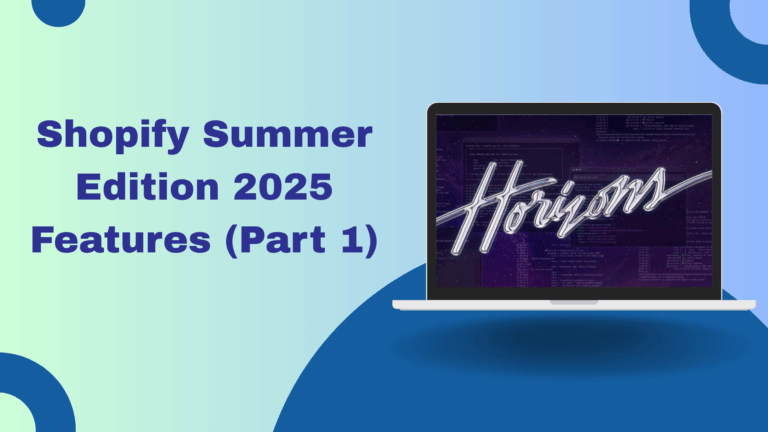| Note: Click here To learn How to host your shopify app on the fly.io server before release. |
How to open your app Configuration form?
You need to open your app configuration from the shopify partners account.
Go to your shopify Partners account > Apps > Select your app > Configuration.
Update the configuration Details:
App name and URL: Add the name of your app which you have to show in the shopify app store. Also, add your app URL and redirection URL. You must include at least one redirect URL before making your app public. Users are redirected to these allowed URLs after the app is installed.

Embedded in Shopify admin: Make this setting true if you want to embed your app in Shopify admin. You don’t need to make changes If your app is created with Shopify CLI 3.x or higher.
Event version and webhook URLs: Set the version of your app used to serialize webhooks and cloud service events. Shopify requires privacy webhooks to manage the personal data that an app collects. Webhooks are the mandatory fields. You must provide correct webhook endpoints for customer data requests, Customer data erasure, and shop data erasure.
App proxy: You can add a Proxy URL by clicking on the Set up button to display data on a merchant’s store from an external source. It’s not mandatory to provide a proxy URL before publishing your app.

Point of Sale (POS): Shopify Point of Sale (POS) is an app that allows you to sell your products in person. It integrates seamlessly with your Shopify online store, offering a unified experience for managing your business across both online and offline channels.
App settings: You can add an App icon that is suitable for your app and a Contact email from the app settings. This contact email is used to send emails about API issues like webhook failures and API updates.

Here are some more settings used to add Google Cloud Pub/Sub URL and Amazon EventBridge to manage large amounts of webhook traffic. You can also manage navigation and mobile optimization from here.

Save the changes and you may redirect to the final app submission form page of Shopify where you have to add some basic information about your app like the App name, icon, category, introduction, etc.
Next step:
Click here to continue with the Shopify App Configuration [Feb-2024] Part – 2.


